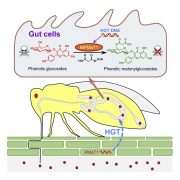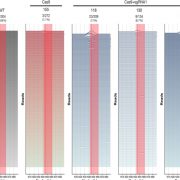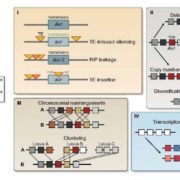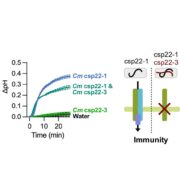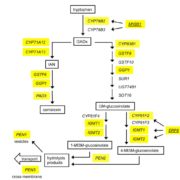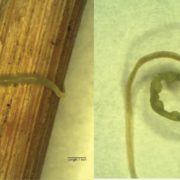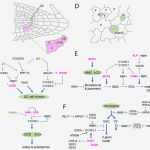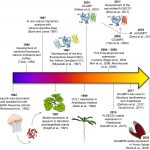Review: The long road to engineering durable disease resistance in wheat (Curr. Opin. Biotechnol.)
 This review by Wulff and Krattinger is a beautifully written “must read”. As the title suggests, it takes the reader on a journey of scientific progress, starting from the “first controlled cross between two wheat species” to the present, with a look into the future. Triticum aestivum (bread wheat) is a critically important food crop with an absurdly complex genome (5x that of the human genome) and, thanks to its long history of domestication, ample genetic diversity. Diseases and pests destroy enough grain to bake “290 billion loaves of bread” per year, or if my math is correct, more than half a loaf of bread per person per week. The review covers the discovery, diversity, and function of resistance (R) genes, as well as more recent efforts to describe the complete R-gene atlas. The rapidly evolving technological innovations that have enabled these efforts are described in a way that is understandable even to a non-specialist. Finally, the steps that must be taken to obtain durable disease resistance, through stacking of multiple R genes alongside broad-spectrum resistance genes, are outlined. (Summary by Mary Williams @PlantTeaching) Curr. Opin. Biotechnol. 10.1016/j.copbio.2021.09.002
This review by Wulff and Krattinger is a beautifully written “must read”. As the title suggests, it takes the reader on a journey of scientific progress, starting from the “first controlled cross between two wheat species” to the present, with a look into the future. Triticum aestivum (bread wheat) is a critically important food crop with an absurdly complex genome (5x that of the human genome) and, thanks to its long history of domestication, ample genetic diversity. Diseases and pests destroy enough grain to bake “290 billion loaves of bread” per year, or if my math is correct, more than half a loaf of bread per person per week. The review covers the discovery, diversity, and function of resistance (R) genes, as well as more recent efforts to describe the complete R-gene atlas. The rapidly evolving technological innovations that have enabled these efforts are described in a way that is understandable even to a non-specialist. Finally, the steps that must be taken to obtain durable disease resistance, through stacking of multiple R genes alongside broad-spectrum resistance genes, are outlined. (Summary by Mary Williams @PlantTeaching) Curr. Opin. Biotechnol. 10.1016/j.copbio.2021.09.002


